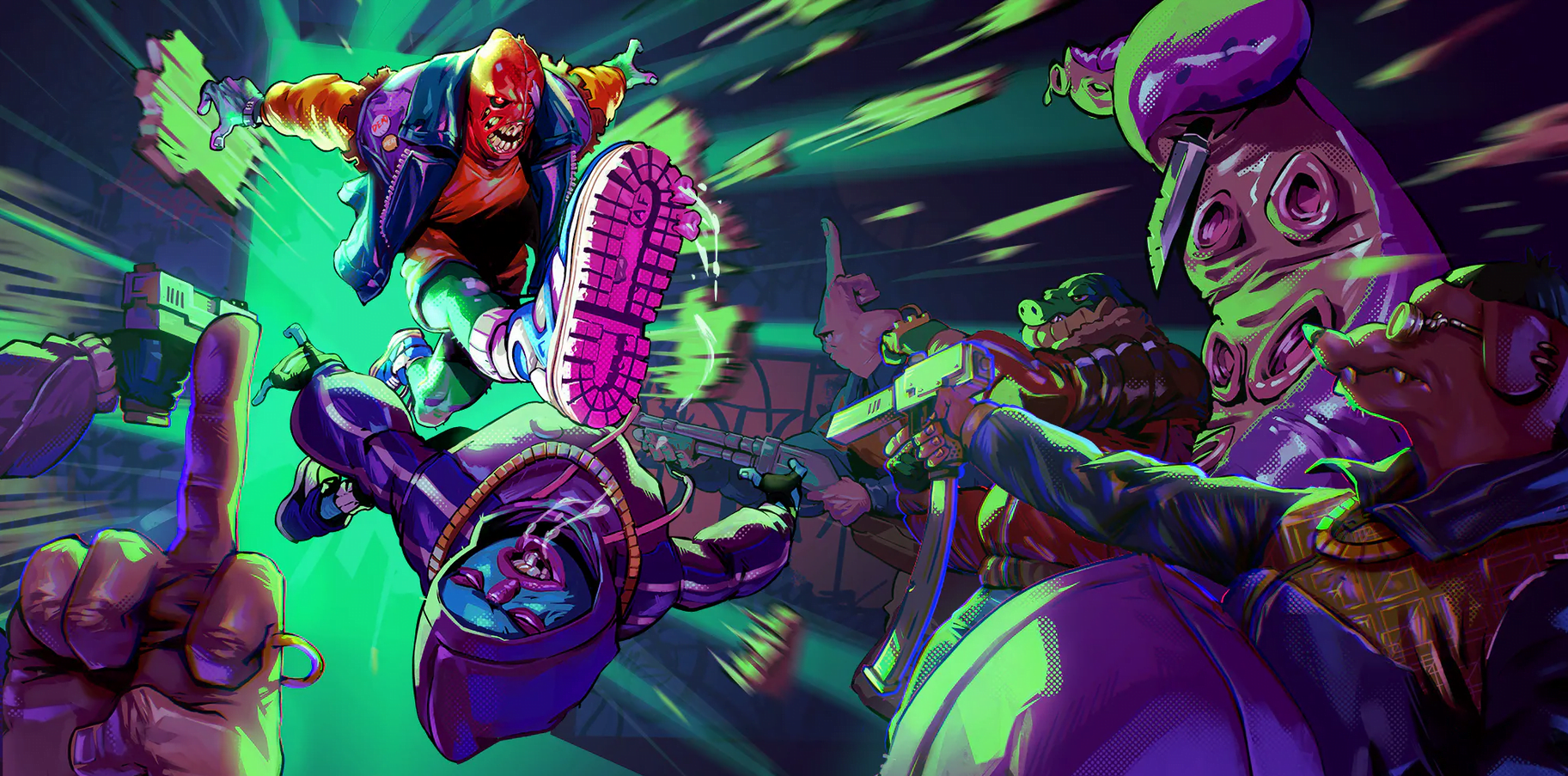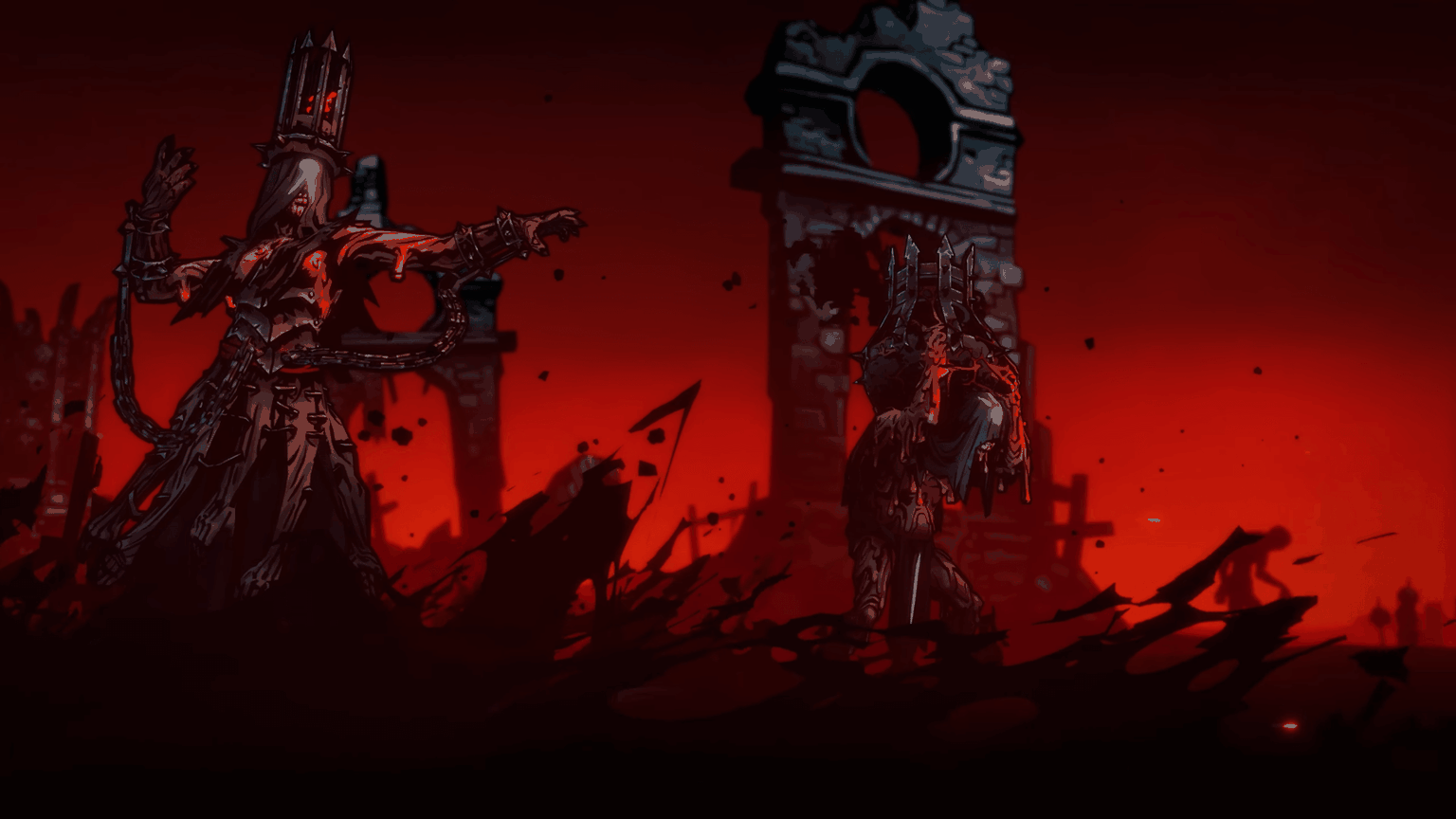Funnily enough, the first thing that came into my mind as I played Slay the Spire was an often overlooked GameCube game called Baten Kaitos: Eternal Wings and the Lost Ocean, a really unique mix of role-playing and card collecting that although extremely broken at spots, managed to steal my heart during that generation. Slay the Spire has a similar effect on me because it’s in its basest form, makes me feel like a total badass and complete moron in the span of minutes. While I would normally consider that a knock against a game I’m reviewing due to the uneven nature of its gameplay, Slay the Spire’s anything but uneven, in fact, it’s quite predictable due to one simple fact: you’re bound to lose eventually.
Slay the Spire is a single player card game that has you tackle a randomly generated map of battles as you make your way up a tower, with a boss at the end of each floor and a whole bunch of traps and treasures along the way. You start off having to pick from one of three distinct character archetypes: The Ironclad, whose names speak for themselves, The Silent, a thief/dexterity build, and my favorite, the Defect, a robotic entity that can conjure up elemental orbs and deal a ton of pretty broken attacks if you manage to get a good combo going. The whole gist of the game isn’t exactly to win every match, but to gather enough cards and gear to power up your character for subsequent runs. Each attempt is unique on its own, but differently from a roguelike, you don’t lose everything upon death.

Treating each climb up the spire as a learning experience is paramount if you want to enjoy Slay the Spire to its fullest. If you take this game as a gauntlet where the only way to win is to buck up and make it to the end as fast and with as few upgrades as possible, you’ll be doomed to fail and grow continuously frustrated. It can be ridiculously frustrating at times, with many unfair encounters that pit you against overwhelming odds thanks to its random nature, but if you treat every single run as a step forward into conquering the game in the long run, you’re bound to have a good time.
That said, you’ll probably want to really get into the nitty gritty details of its combat system, which similarly to Baten Kaitos, starts off with your deck of cards. Each class starts out with a predetermined set of cards that you eventually grow into your personal stash, upgrading them and even getting new ones along the way. Each round normally gets you 3 power units to play as many cards as you can out of your hand, dumping the used cards into a pile that’s reused once your “fresh” one is exhausted. Every turn’s selection of cards off of your deck is different, so it’s usually a good idea to make use of the best drops that you get, and depending on your combo, you can even use them all, since some special cards give you more action points, or buff others without spending any energy at all.

Enemies telegraph their moves, giving you a chance to counter them in case you have the right cards, and if you can for instance mount up enough block points to withstand whatever attack number they dish out, you’ll negate their damage, and vice-versa. You can also use items you buy and find during your runs to buff up your stats and abilities, which come in handy in a pinch. But your success isn’t solely dependent on how good of a fighter you are, since a lot of the literal forks on your road up the spire lie with the decisions you make along the way, be it whether or not to fight a normal monster or a sub-boss, to hit camp and sleep or craft, or even if you should try and take a treasure, losing health points in the process, or leave it alone. It’s that role-playing hook that keeps each attempt refresh, and gives you enough of an incentive to try again and be smarter about your approach.
As you slowly build up a strong deck, you’ll probably start to get the way Slay the Spire’s style of rewards and gambles work, so eventually your runs will last longer and longer, until, hopefully, you get that good one where you finally beat the darn game. I’m still far from that point, sadly, but I can say for sure that Slay the Spire has dug its hooks deep in me, so I’ll be spending a “few” more dozen hours trying to perfect my machine buddy in order to finally get to the top of that damn tower. While it’s important to have a good mix of cards, it’s also vital to keep in mind that just having them isn’t enough to win, since you’re mostly dependant on the hand you’re dealt with each turn, which differently from a game like Hearthstone, won’t stay for the entire match and allow you to save up a certain group of cards for later, forcing you to play with what you get and quickly make up your mind on what to do. In a way, Slay the Spire is a set-of-your-pants experience that still requires plenty of strategic thinking, and at the same time, still forces you to practice detachment since there’s none to be found there.
The really neat part about this game is that you don’t have to do it all in a single sitting, but once a run is started, you absolutely have to finish it before starting a new one. I can’t count the number of times I’ve gotten into a really good point in a seed-based game like this — you know, those ones that let you write down a seed number and go back to that particular randomly-generated map in case you fail, like Spelunky — only to have to quit and lose all my progress. It’s annoying to waste time, and Slay the Spire avoids that, but at the same time holds you to your commitments by letting you save and quit so you can come back later, not allowing for other runs to the started in the meantime.

Like Mossmouth’s plucky dungeon crawler, Mega Crit Games’ deck-builder fighter also sports a daily run feature that gives you a single chance to tackle a unique tower every day, for the chance to shine on online leaderboards. I’ve yet to give that a shot since I don’t feel confident enough in my skills to do so, but one day! And on that day, all will know the power of the little robot that could. Until then, I’ll enjoy learning the game and watching videos online of people who are incredible at it, and much, much more knowledgeable about it than me.
It’d be easy to sit here and sing praises at how exciting and fun Slay the Spire can be if you play it like a normal RPG, that is, slowly and progressively, for hours and hours. It’s the type of game you’ll want to dive back into from time to time, or play it compulsively. There’s something about it that really clicks with my inner obsessive self, the little guy who is patiently saving away my patience reserves for a moment such as this, when I can play Slay the Spire and try to get far into it. While I still have yet to do well in it, its alluring call beckons me to keep trying.





I loath the first word in your article. It is irksome and screams “this isn’t a word” or “this isn’t grammatically correct”, but the truth of the matter, however it is a word and it is grammatically correct.
Hah! Got you there! Thank you for reading! 🙂